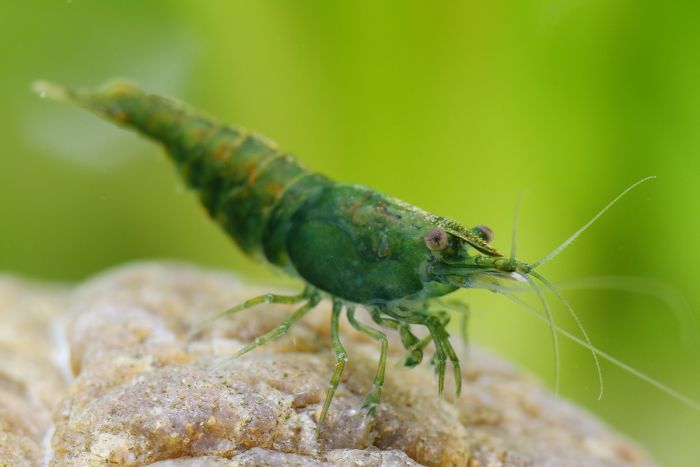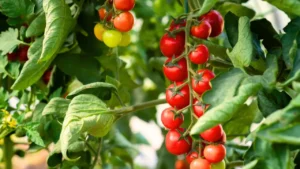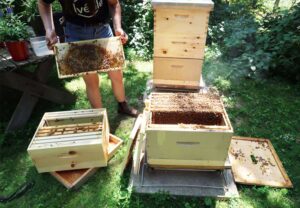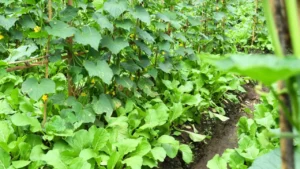
shrimp.jpg
Shrimp
Definition:
Shrimp refers to various species of small, decapod crustaceans belonging to the order Decapoda, characterized by their slender bodies, elongated abdomens, and distinctive segmented exoskeletons. Shrimp species include white shrimp (Litopenaeus setiferus), black tiger shrimp (Penaeus monodon), and others, prized for their sweet flavor, tender texture, and culinary versatility in seafood dishes and culinary preparations worldwide.
Description:
Shrimp are highly valued food sources and seafood commodities, commonly harvested from marine, brackish, or freshwater environments through commercial fishing, aquaculture farming, or wild capture methods. Shrimp play significant roles in global seafood markets, culinary traditions, and gastronomic cultures, featuring prominently in various cuisines, recipes, and culinary styles as popular seafood ingredients and delicacies.
Fall off the barn roof and busted your keister? Life on the farm or ranch can be tough on the bum. Need a break? Laugh it off at FarmerCowboy.com, the #1 farm humor site. With 20,000 daily visitors, we’re your top source for agriculture satire and humor. Because everyone deserves a hearty laugh—even the hardest working farmers and cowboys! Join us and turn those long days into fun tales at FarmerCowboy.com.
Characteristics of Shrimp:
Shrimp possess various characteristics, including:
- Decapod Anatomy: Shrimp exhibit decapod anatomy, with ten walking legs, including five pairs of thoracic appendages, segmented bodies, and distinct cephalothoraxes and abdomens, adapted for locomotion, feeding, and defense in aquatic environments, enabling shrimp to navigate diverse habitats and substrate types.
- Molt Cycle: Shrimp undergo periodic molting cycles, shedding their exoskeletons to accommodate growth, development, and maturation processes, with molting frequencies and intervals varying among shrimp species, life stages, and environmental conditions, regulating shrimp growth rates, sizes, and population dynamics.
- Feeding Behavior: Shrimp are opportunistic feeders, consuming a variety of food items, including algae, plankton, detritus, small invertebrates, and organic matter, using their pereiopods, maxillipeds, and mouthparts to capture, grasp, and manipulate food sources in aquatic environments, exhibiting feeding behaviors such as filter feeding, grazing, and scavenging.
- Reproductive Strategies: Shrimp employ diverse reproductive strategies, including sexual reproduction, larval development, and planktonic dispersal, with variations in mating behaviors, spawning cues, and larval rearing environments among shrimp species, adapting to environmental cues, spawning triggers, and parental care requirements in shrimp breeding and reproduction.
Uses of Shrimp:
Shrimp serve various purposes in culinary, commercial, and cultural contexts, including:
- Culinary Delicacy: Shrimp are esteemed for their sweet flavor, succulent texture, and culinary adaptability in seafood dishes, culinary recipes, and international cuisines, featuring shrimp recipes such as shrimp scampi, shrimp cocktail, shrimp stir-fry, or shrimp pasta in culinary menus and gastronomic traditions.
- Commercial Fisheries: Shrimp support lucrative commercial fisheries and seafood industries worldwide, supplying shrimp products, seafood exports, and aquaculture inputs to global markets, contributing to economic development, employment opportunities, and trade relations in shrimp-producing countries and coastal regions.
- Aquaculture Production: Shrimp are commercially farmed and cultivated in aquaculture operations, utilizing pond culture, raceway culture, or intensive culture systems to rear shrimp species for food production, aquaculture markets, or value-added product industries, supporting aquaculture enterprises, employment opportunities, and economic growth in shrimp farming regions.
Conclusion:
Shrimp are iconic crustacean species, valued for their culinary appeal, economic importance, and cultural significance in seafood consumption and gastronomic experiences worldwide. By promoting sustainable fisheries management, aquaculture practices, and seafood supply chains, stakeholders in the shrimp industry can ensure the long-term sustainability, resilience, and prosperity of shrimp resources for present and future generations.
References:
- Phillips, B. F., & Kittaka, J. (Eds.). (2019). Advances in Shrimp Aquaculture Management. CRC Press.
- New, M. B., & Valenti, W. C. (Eds.). (2020). Freshwater Prawns: Biology and Farming (2nd ed.). John Wiley & Sons.
Originally posted 2011-08-24 00:27:41.
Originally posted 2024-06-21 02:37:10.
Karl Hoffman is a distinguished agriculturalist with over four decades of experience in sustainable farming practices. He holds a Ph.D. in Agronomy from Cornell University and has made significant contributions as a professor at Iowa State University. Hoffman’s groundbreaking research on integrated pest management and soil health has revolutionized modern agriculture. As a respected farm journalist, his column “Field Notes with Karl Hoffman” and his blog “The Modern Farmer” provide insightful, practical advice to a global audience. Hoffman’s work with the USDA and the United Nations FAO has enhanced food security worldwide. His awards include the USDA’s Distinguished Service Award and the World Food Prize, reflecting his profound impact on agriculture and sustainability.






